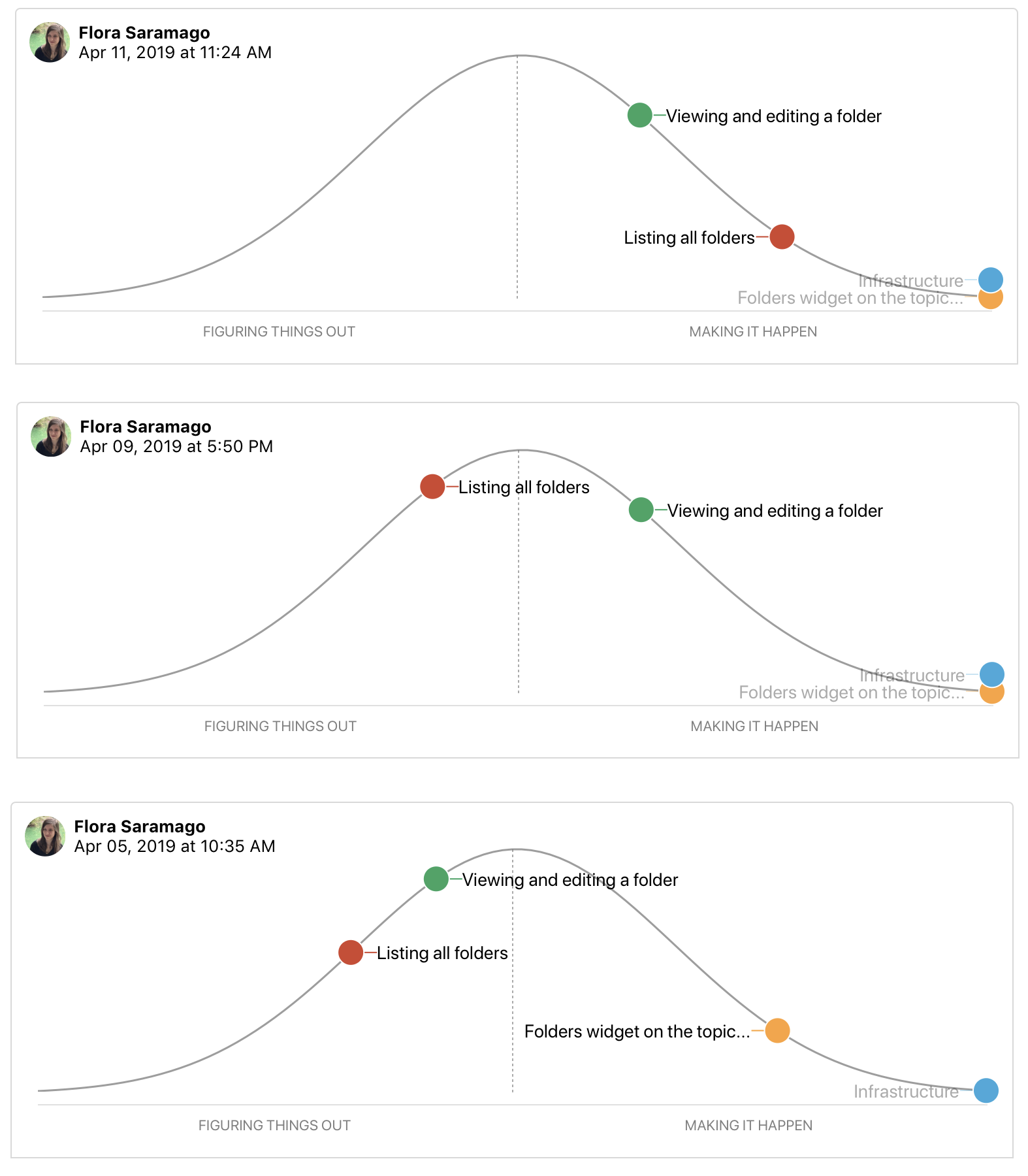Notes on open data and transparency
Beneficial ownership, corporate disclosure, tax justice, supply chains, policy and history
Week: Jan 27, 2020 → Jan 31, 2020
Working
1. Mainly by accident, I briefly shadowed some support work that Matt was doing on another data standard we support, Open Contracting. Shadowing was an incredibly effective way to learn about the trade-offs and decision points that publishers encounter when implementing a particular standard, and the deep knowledge that our analysts have built up to facilitate the decisions that publishers make and to build confidence that those decisions are the right ones. I also found it reassuring that the work itself was comprehensible to me, a relative stranger to a complex data standard. This is helped, of course, by OCDS’s excellent documentation and the fact that most things have been discussed publicly somewhere and can be found with a bit of determination. That comprehensibility perhaps points towards experimenting with less siloed, more graduated models of data standard support for us as an organisation in the future.
2. I made/updated a slide deck on the technical concepts behind the Beneficial Ownership Data Standard for a country planning to implement a central register. I had a couple of reflections about this.
First, I often hear people (including me) talk about creating a bank of off-the-shelf decks to pull out and use at short notice. But then I inevitably hear about people (including me) preparing a slide deck before a particular event or call. This isn’t an argument against efficiency or for doing everything from scratch; pulling from a bank of components to make a slide deck is a big time saver. But the refinement of previous work, the reformulation of other people’s material or simply reminding oneself about concepts you haven’t seen or expressed months is essential to conveying information in an accurate and confident way.
Second, I was able to do country-specific customisation of this slide deck, based on an (OCR’ed and machine-translated) copy of their beneficial ownership law. This type of rough-and-ready thinking about the systems and data that a country’s laws will be likely to produce is most obviously useful for pointing out the relevant technical features, likely modelling challenges, of the standard.
But the local legislative context also served as a useful catalyst for thinking about where internal/government demand for the data might come from. The relationship between internal demand and the ambitiousness or otherwise of a technical implementation feels like an under-explored area but potentially a really promising technique for pushing an implementation towards its technical boundary - which can then create momentum to expand the legal boundary if user needs are still not met.
3. One day this week, I was in (virtual) meetings from 9.30 to 16:30, with a total break time of approx 45 minutes. I don’t recommend this as a way to maximise either productivity or well-being.
Cooperating
1. I’ve been thinking a lot about what it means to track and analyse time worked in a worker cooperative vs a traditional business. To me, it is a fundamental of both running a sound business and of respecting and recognising the work that goes into keeping that business going. A coop of any size or complexity simply can’t know if it is run for the benefit of its members if it doesn’t have a handle on this stuff. But: time tracking is both annoying admin and is associated with surveillance, hierarchical control, micromanagement and judgements on individual productivity. So the subject creates a lot of anxiety and there’s enormous potential for misunderstood motives, both among those who are pro and against.
Learning
1. I read Ryan Singer’s book Shape Up. I was particularly interested in the idea of work dividing into scopes and of “to do” lists dividing into research and implementation phases. For data standard development - where we are often digging into a domain and either seeing or expressing it for the first time - it feels very easy to spend a lot of time in the left hand side of the curve and then rush down the right hand side to hit a deadline.

Other posts in the Weeknotes series:
- Feb 06, 2020 - Week: Jan 27, 2020 → Jan 31, 2020
- Jan 28, 2020 - Week: Jan 20, 2020 → Jan 24, 2020